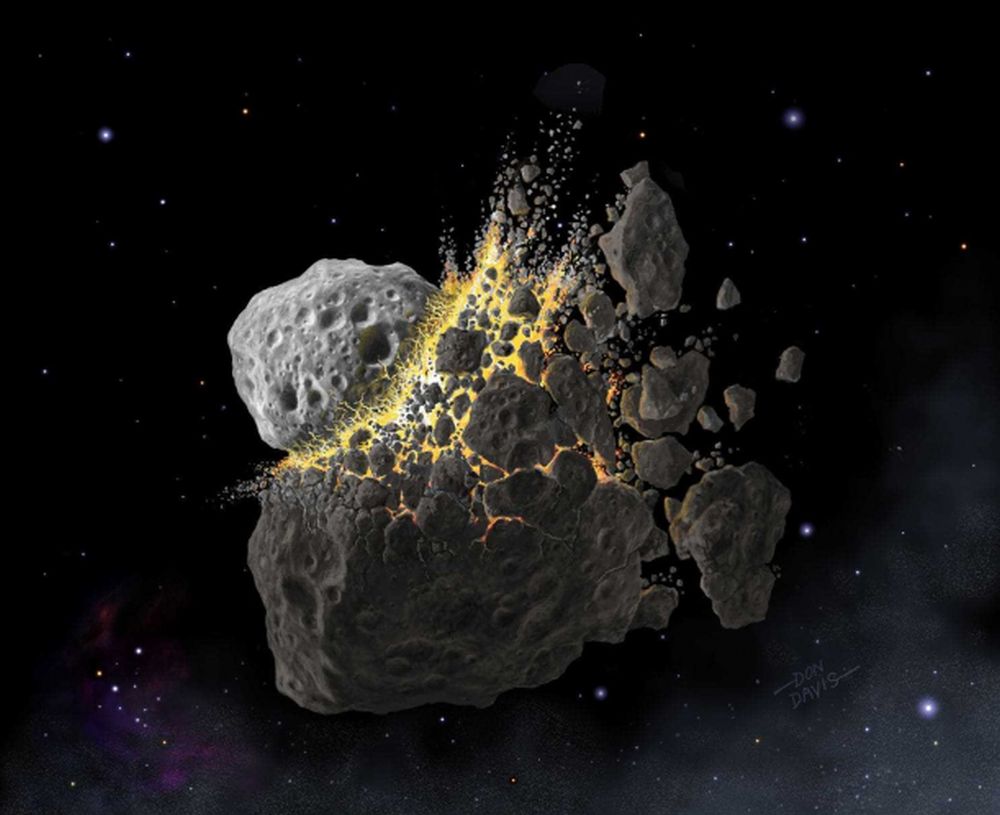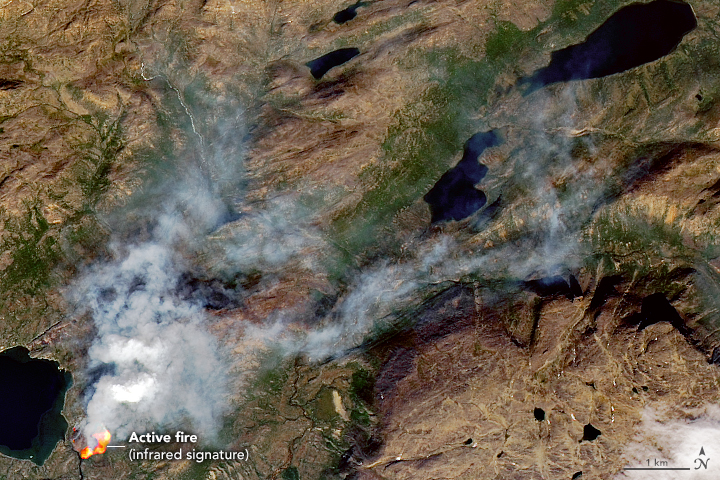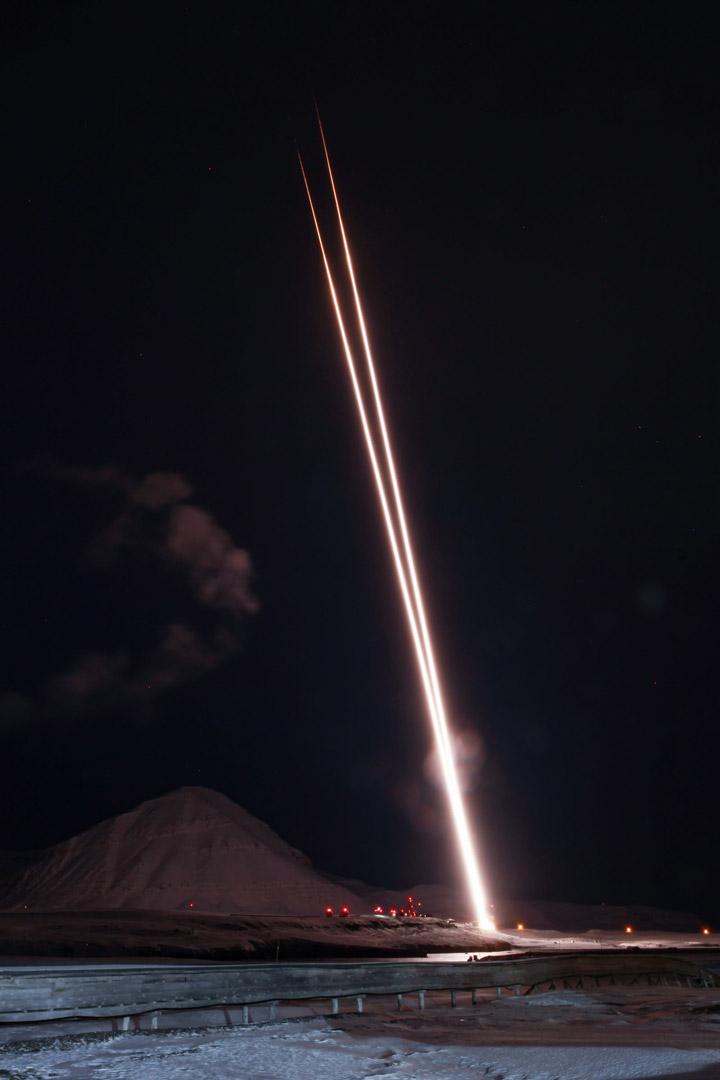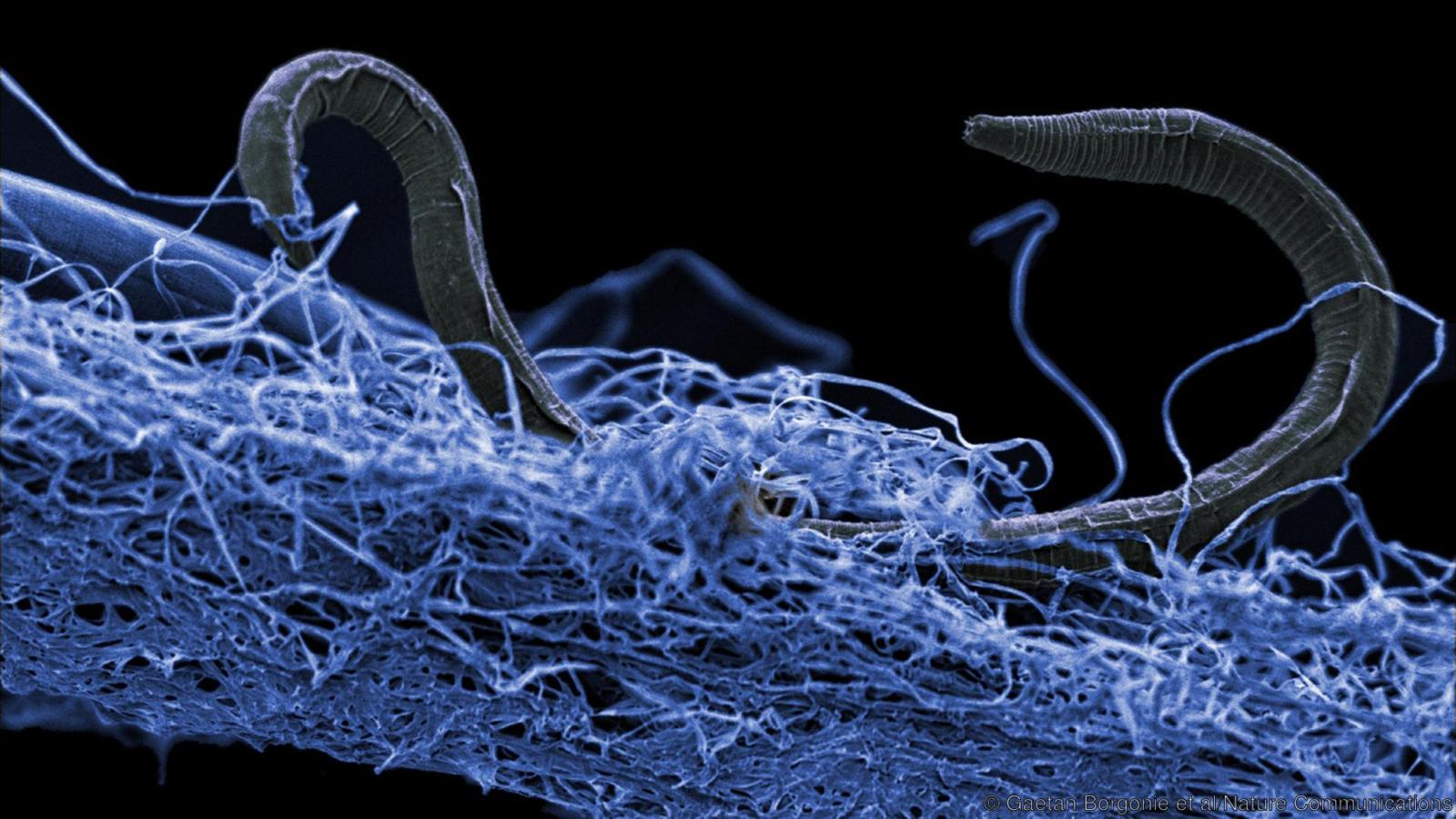Scientists with the Deep Carbon Observatory (DCO) are transforming our understanding of life deep inside the Earth, and maybe on other worlds. Their discoveries suggest that abundant life could exist in the sub-surface of other planets and moons, even where temperatures are extreme, and energy and nutrients are scarce. They’ve also discovered that all of the life hidden in the deep Earth contains hundreds of times more carbon than all of humanity, and that the deep biosphere is almost twice the volume of all Earth’s oceans.
“Existing models of the carbon cycle … are still a work in progress.” – Dr. Mark Lever, DCO Deep Life Community Steering Committee.”
The DCO is not a facility, but a group of over 1,000 scientist from 52 countries, including geologists, chemists, physicists, and biologists. They’re nearing the end of a 10-year project to investigate how the Deep Carbon Cycle affects Earth. 90 % of Earth’s carbon is inside the planet, and the DCO is our first effort to really understand it.
Continue reading “There’s a Surprising Amount of Life Deep Inside the Earth. Hundreds of Times More Mass than All of Humanity”









